Affiliate links on Android Authority may earn us a commission. Learn more.
Unpacking Google's role in Android One — Is this the new Nexus line?
Published onAugust 5, 2018
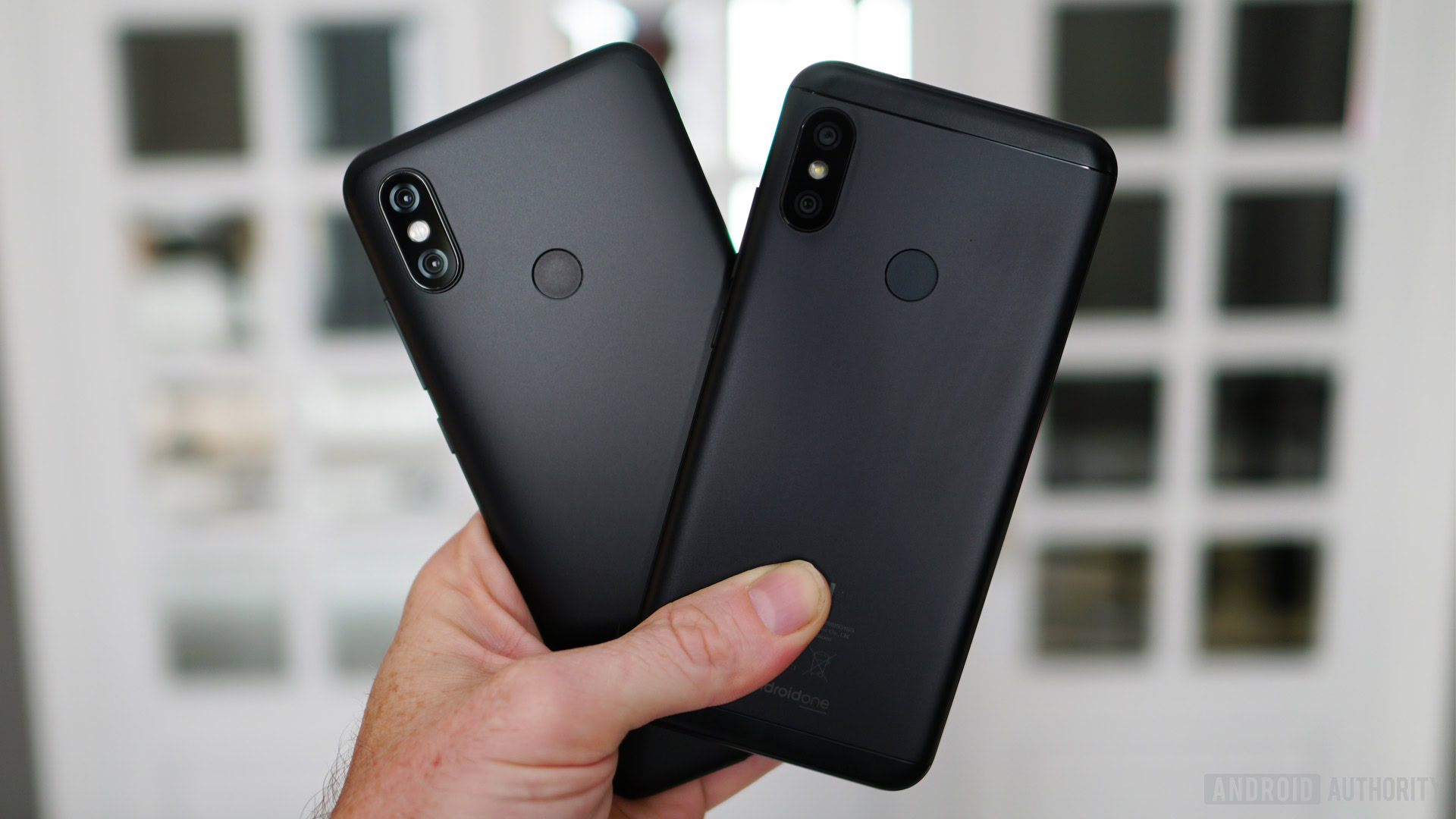
We’re hot off the heels of the launch of Xiaomi’s Mi A2 — an Android One device that makes us pretty excited for the future of the platform. The thing is, a lot of people are still pretty confused about what Android One is, exactly. Is it a product? A platform? Both?
We decided to go straight to the source, so we sat down with Google’s Director of Android Partner Programs Jon Gold to talk about Android One and Google’s role in the initiative.
What even is Android One, anyways?
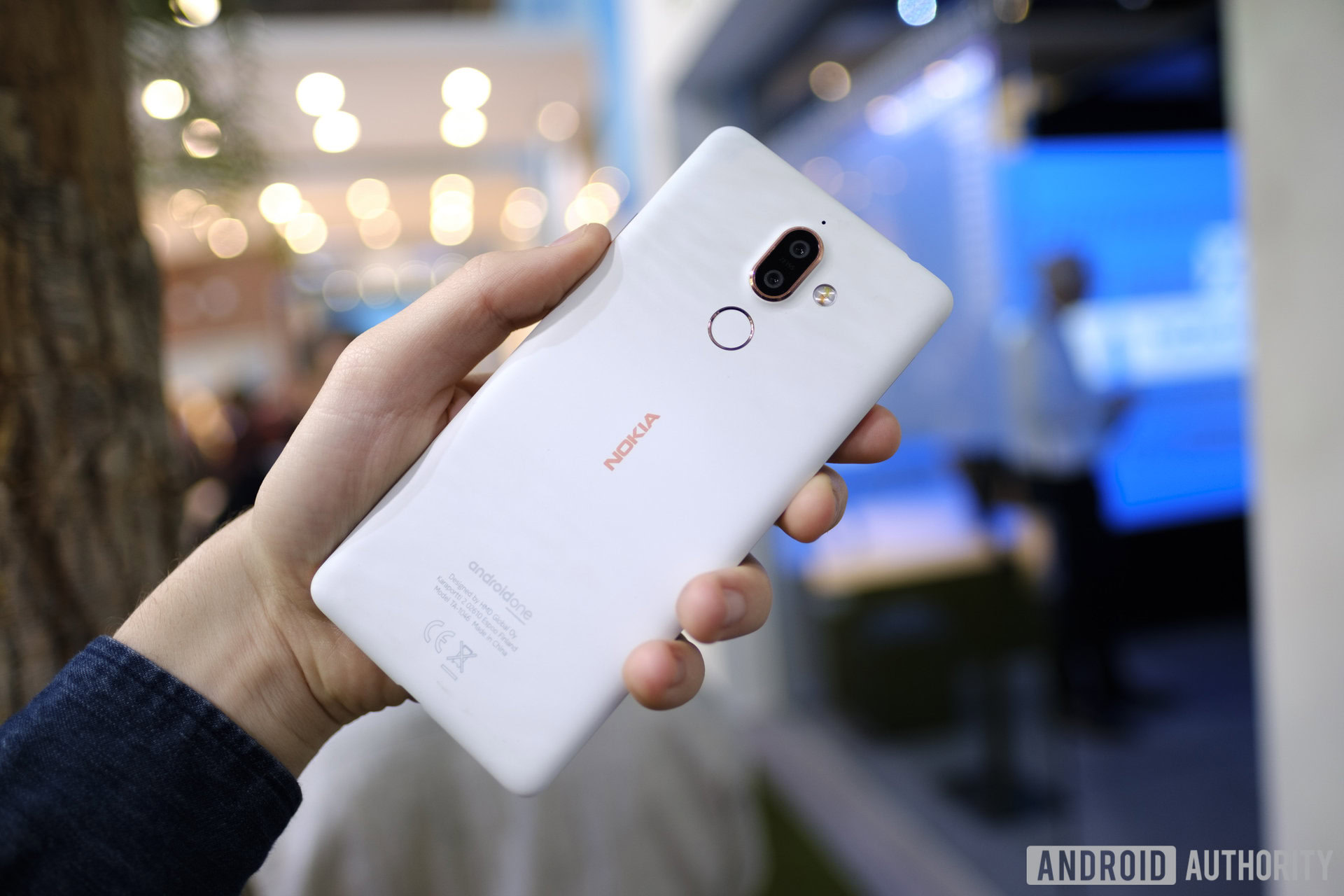
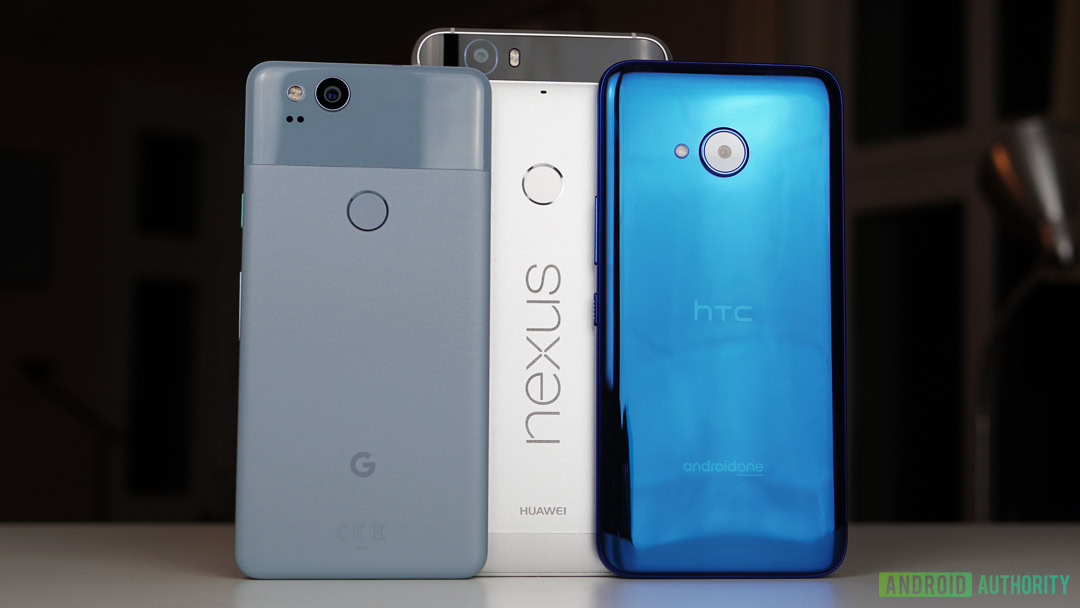
If you’re wondering, Android One is not a forked version of the platform. This is still core Android, but Google is working extremely closely with a few select manufacturers to produce its vision for Android on third-party hardware. There aren’t any core software differences from your run-of-the-mill Android device, but you get the assurance Google put in the extra effort to make sure an Android One device works and runs almost as smoothly as its own Pixel phones.
This kind of sounds like a certification, right? Google takes a phone and performs its own tests, then works closely with the manufacturer to provide an experience it is proud to stick its brand on. While this true to an extent, Google really wants users to think of Android One as a product — one they can purchase and feel confident that Google has taken the time to optimize.
During my interview with Gold, he told me Google really wants users to see Android One as a trusted product from Google. If they can’t completely control the hardware and software, working closely with the manufacturers to hit certain quality standards is the next best thing.
Android One is a curated portfolio of select devices that we think are right.Jon Gold - Director of Android partner programs at Google
Unfortunately for smaller manufactures, getting your phone into the program isn’t exactly easy. Gold told me Google selects Android One manufacturers very carefully, so you’ll have to get Google’s attention before they’ll start working with you to optimize your device. This has lead Google to work directly with companies that have shown rapid growth like Xiaomi, making the Android One branding both lucrative as well as a symbol of success.
From my point of view, this is all about expanding Google’s vision for Android around the world. The more popular Android One devices become, the more companies will be clamoring for the opportunity to work with Google on a phone. This leads to a bunch of pseudo-Pixels populating the landscape, where Google’s own apps and software will work best.
It’s a win-win for both players in the partnership. A company like Xiaomi gets to work directly with the developer of Android itself, and Google gets to insist that companies use its own services. Most people prefer Google services over third-party options as it is, but Google is still a software company at the core, and getting more users onboard with its vision for the platform is its primary goal.
Optimized doesn’t have to mean budget
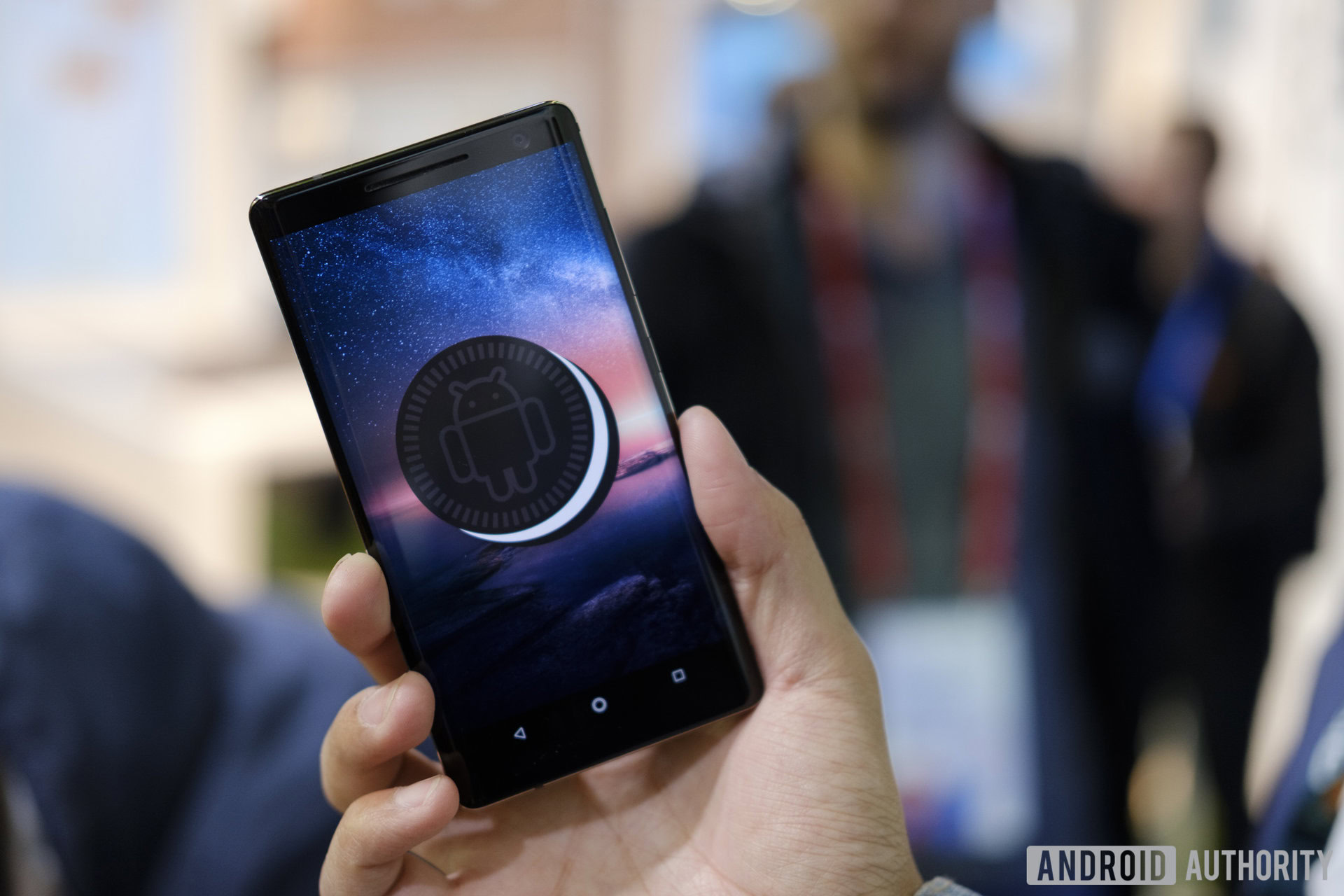
There seems to be a mindset that Android One devices are supposed to be budget phones. This is an understandable misconception based on existing devices in the lineup, with premium devices like the Nokia 8 Sirocco being obvious outliers. When I mentioned this, Gold brought up the respectable specs present in some of the Android One devices, even if they aren’t considered “flagships.”
“[The Mi A1] has 4 gigs of RAM, 64 gigs of ROM and has a 600 series chipset in it. Just because it costs $230 doesn’t mean that it’s necessarily not high performance.”
Still, we’ve seen first hand that specs aren’t everything. The Google Pixel 2, with its now slightly outdated Qualcomm Snapdragon 835 still feels smoother than a lot of 845-enabled devices on the market. A lot of that is due to optimization — the same optimization Google is trying to plant in Android One devices.
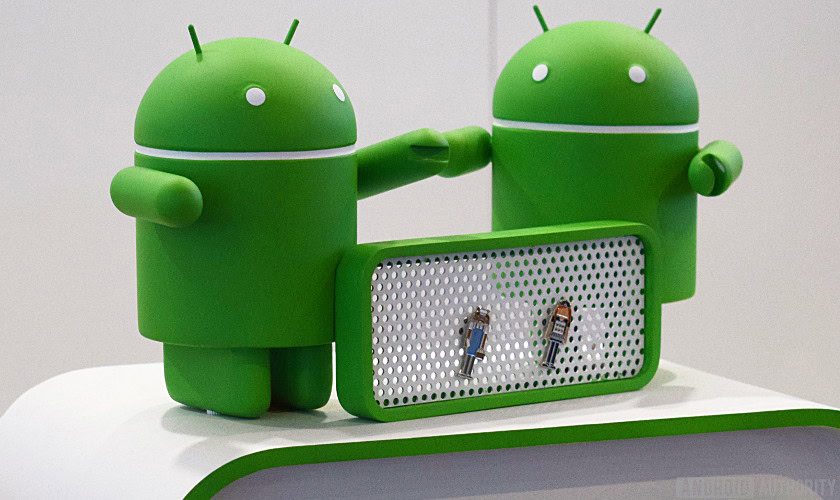
The smoother Google can make its own Android experience, the more likely users will start to see Android as a viable option. Many people still see Android as the buggy, janky alternative to the iPhone. If Google can’t control the experience coming from various manufacturers, this muddies the public perception of Android as a whole. By offering Android One as an approved product with Google’s name on it, Google is guaranteeing customers a phone tested with the same scrutiny as its own devices.
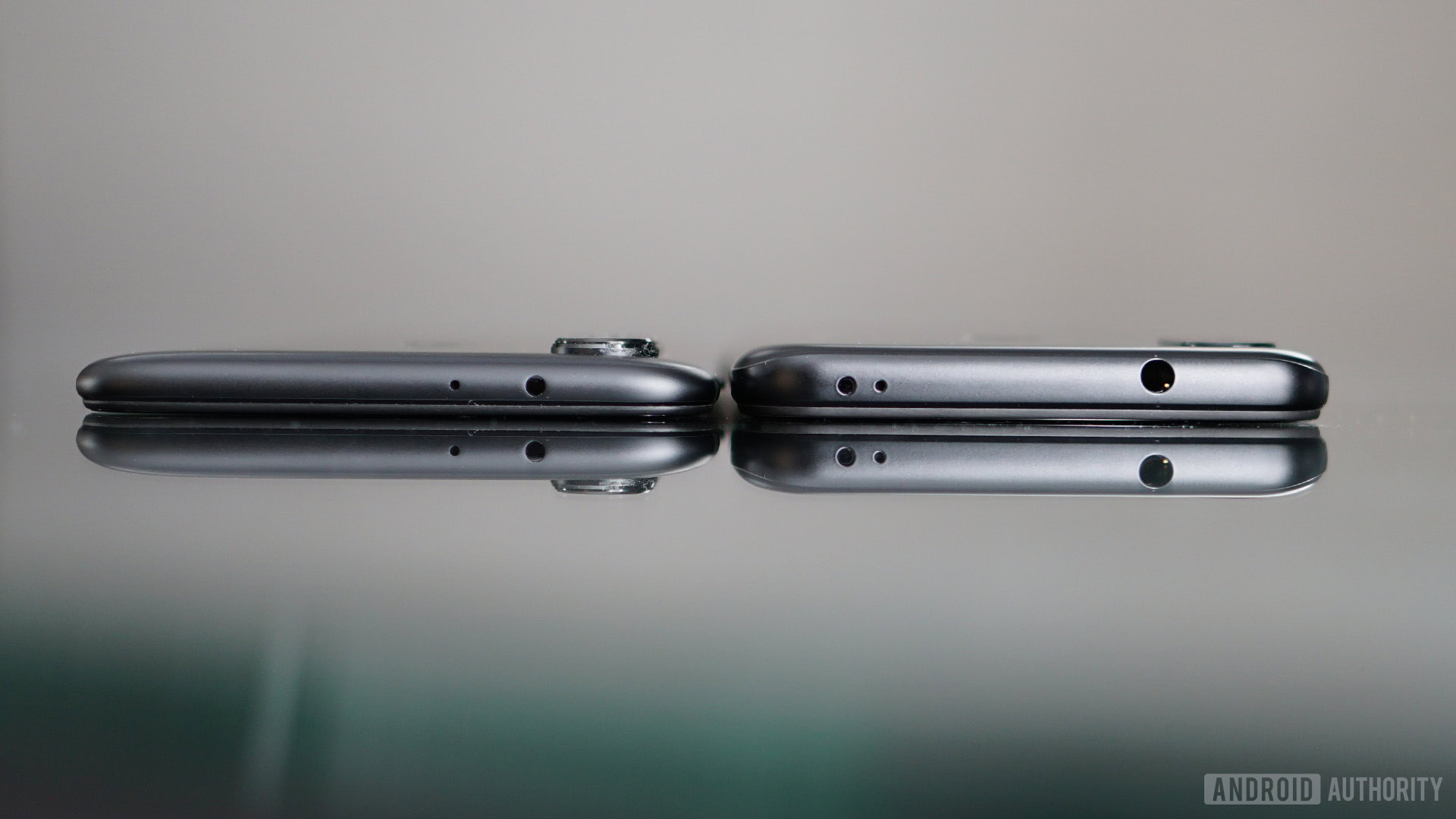
Look at the newly released Xiaomi Mi A2. This is obviously an ultra-affordable device at 250 euros (~$290), but the camera has already been hailed as exceptional for its price point. Who arguably makes the best camera on the market driven primarily by software? That would be Google.
I reached out to Google after the interview to ask how much influence it had on the development of the Mi A2’s camera, and got this response:
We don’t have a comment on this particular device/camera, but in general, we do a lot of internal testing (including “dogfooding”) and tackle bugs together with our partners. We do believe camera is a very important feature for many smartphone users, so it’s definitely one aspect that we focus on when working with partners to deliver a high quality experience.
Google obviously understands what makes a phone desirable to the user, so they likely put a lot of work in to make sure the camera was killer on this phone. The camera was one of the Pixel’s main selling points, so keeping the quality consistent on a phone with Google’s vision for Android only makes sense.
Nexus, Play Edition, or something else entirely?
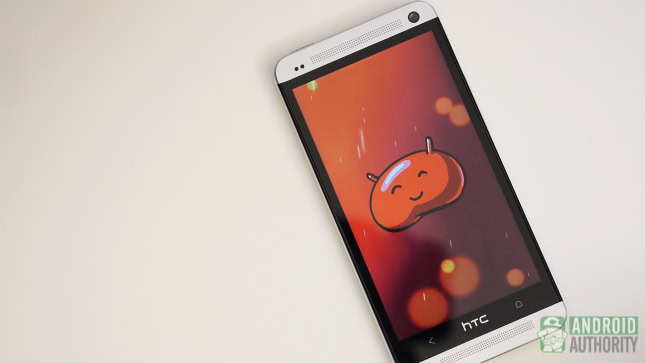
These partnerships effectively make Android One an evolution of the long-gone Nexus line. Gold told me manufacturers are still very interested in working directly with Google to optimize their devices. Android One is a great way to let them do that, and it allows Google to maintain control of the quality and experience. If you can control the entire stack of software and hardware, it is much easier to develop a great experience.
We’ve seen a similar program come and go before. Google Play edition devices effectively slapped “stock” (our word, not Gold’s) Android on existing devices to satisfy a subset of users, but Google was much less involved in this process. Where One devices are really made with the Google experience in mind from the beginning, Play Edition phones shipped as a special variant with Google software. You have to design a device completely differently if Google’s working alongside you, and many manufacturers are happy to oblige.
“I see [Android One] as an evolution of [Nexus] rather than an evolution of Play Edition. Play Edition was too much of a one off. There was too much of a ‘Just take this and slap the experience on a device’,” says Gold.
Obviously, Gold sees the program as something Google is ready to invest in full stop. There are currently sixteen Android One devices available on the market, but Gold told me we can expect a number of new One devices to launch in 2018, with even more coming in 2019 as the program matures. Google hasn’t mentioned what manufacturers it will be working with during this period, but we can likely expect a few more mainstream players will join the pack as the the initiative moves forward.
What are your thoughts on Android One?
Let us know.